Editor’s Note: This blog has been updated in 2021 to reflect current industry standards.
In older cars, every model came with a spare tire that matched the tires already on the vehicle. Over the years, car manufacturers have realized the spare tire is used so infrequently, it does not make much sense to equip every car with a full-sized spare. For this reason, manufacturers began leaving a space-saver spare (otherwise known as a donut) in place of a full-size spare.
Nowadays, spare tires should never be a permanent replacement, begging the question, how long can you really drive on a spare tire? The type of spare tire in your vehicle makes a difference in how long and how far you can drive before fixing your tire or buying a new tire.
These narrow, compact spares are designed to save space and weight in the vehicle, allowing the manufacturers to build a smaller car. However, the tire itself is not built to last. Your owner’s manual will give recommendations for driving time and speed. A general rule of thumb is to drive no farther than 70 miles and no faster than 50 miles per hour before replacing your donut with a new tire.
The biggest reason why you should avoid prolonged use of space-saver or donut tires is that they have little to no tread, making the spare vulnerable to road hazards and projectiles. It is also much smaller than the other 3 tires, making it spin faster to keep up with the moving car.
Run-flat tires are becoming more common as manufacturers realize they cost less to maintain than traditional tires. If you drive a recent model BMW or a MINI, your car likely came with run-flat tires. These tires are tougher than most tires but are not designed to last forever, such as a full-spare tire.
Rather than including a spare tire, these run-flat tires are built to withstand most road hazards, including punctures. Rather than going flat or blowing out (as traditional tires do), a run-flat tire can continue to drive after punctured for about 50 miles before needing to be replaced
. However, these tires cost more to replace than traditional tires.
Rather than going flat or blowing out (as traditional tires do), a run-flat tire can continue to drive after punctured for about 50 miles before needing to be replaced
. However, these tires cost more to replace than traditional tires.
While you have a bit more room to travel on these types of tires, it is important to inspect your tire as soon as you are aware of any change in tire pressure. This gives you an idea of how long you have until you have no choice but to have your tire replaced.
How Long Can You Drive on a Full-Size Spare Tire?
For years, cars were built with spare tire wells capable of carrying a full-size spare. On many older cars (and a few newer models), this is still the case. If you bought a truck, SUV, or another large vehicle, your car probably is equipped with a full-size spare. While a full-size spare is heavier and requires a larger space for storage, these tires are more durable and can handle a drive similar to a regular tire.
Once you have taken your vehicle to an auto repair shop and learned that the punctured tire is irreparable, you can request the spare tire to be put on the original rim. It is important to note that a full-size spare tire is usually not produced by the same manufacturer as the rest of the tires on your vehicle, meaning it will handle differently than the other tires. We suggest buying a new tire as soon as you can afford to, but this can easily buy you some time.
Christian Brothers Automotive was born out of the idea of not just being an auto repair shop, but also a neighbor. Our mission is simple: to take root in the local communities we serve and to create an uncommonly great experience for customers in need of auto service and repair. To have your tires inspected or to replace a spare tire, please do not hesitate to call or visit your local Christian Brothers Automotive shop. We have 240 plus locations nationwide that are locally owned and operated, providing complete auto care and repair solutions near you.
Would it be okay to drive the final 800ish miles to my parents’ house on a spare tire? I got a flat halfway home from college and I would much rather let my dad change my tire since I won’t have to pay for labor that way.
Liz Jenson · Answered on Apr 01, 2022
Reviewed by Shannon Martin, Licensed Insurance Agent.
Having your dad help you with car repairs is definitely a good way to save money! Unfortunately, however, it’s not recommended that you drive on a spare tire for more than 70 miles before switching it out for a traditional tire. Spare tires aren’t built for distance travel, meaning they don’t hold up as well on long-distance trips.
Additionally, spare tires typically won’t perform as well when you travel at high speeds, so it’s a good idea to try to keep your speed under 50 MPH. If you’re doing a lot of highway driving, it’s best to get a new tire as soon as possible so that you make it home safely.
If you’re doing a lot of highway driving, it’s best to get a new tire as soon as possible so that you make it home safely.
To offset the cost of replacing your tire, consider cutting costs on other car-related expenses. Check out the Jerry app, where you can see a list of car insurance quotes that work for you in minutes. The average user saves $887 per year.
MORE: Will insurance cover a flat tire?
Car TiresDriving Tips
View full answer
WHY YOU CAN TRUST JERRY
Jerry partners with more than 50 insurance companies, but our content is independently researched, written, and fact-checked by our team of editors and agents. We aren’t paid for reviews or other content.
Browse More Content
What To Do If Your Fuel Door Won’t Close
Brake Caliper Replacement
Oil Pan Replacement
AC Control Switch Replacement
Car Heater Blower Motor Resistor Replacement
Volkswagen Passat Glx 4Motion Insurance Cost
Mazda 626 Lx Insurance Cost
Bmw M3 Insurance Cost
Subaru Legacy Outback H6 3.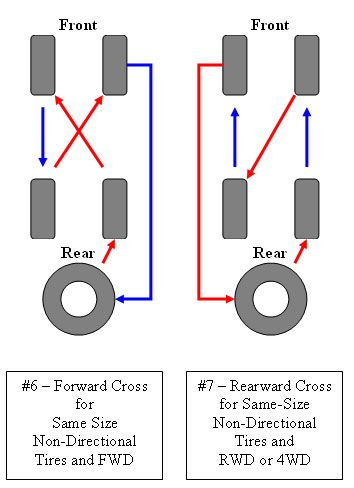 0 Vdc Insurance Cost
0 Vdc Insurance Cost
Bmw 530Xe Insurance Cost
Sebring Car Insurance
Excelsior Springs Car Insurance
Yonkers Car Insurance
South Yarmouth Car Insurance
Meredith Car Insurance
I’m studying for my driving test and reading about checking blind spots. The book keeps mentioning something about head restraints being a potential blind spot. What are head restraints?
Sarah Gray
Apr 01, 2022
Will I be able to get gap insurance through GM Financial, or do I have to outsource for that type of coverage? I want to make sure my new car is safe!
Liz Jenson
Apr 01, 2022
I’m trying to set up the Honda CR-V that I just bought and apparently I need a radio code.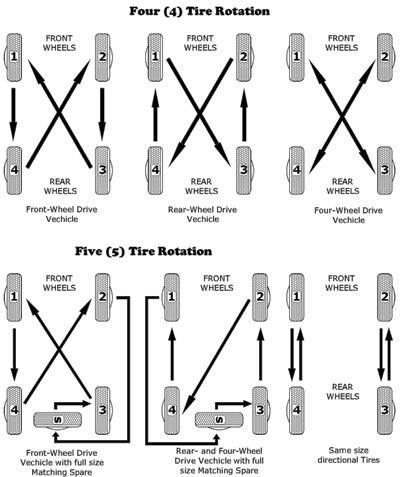 This car is used so I’m not really sure if it still has the code! Where can I find that?
This car is used so I’m not really sure if it still has the code! Where can I find that?
Liz Jenson
Apr 01, 2022
Browse All Questions
From Firehouse Movers to Baby Huey’s Moving, here are the best moving companies in Fort Worth, Texas.
Bee Davis
Apr 26, 2022
The 2017 Audi S3 has a 0-to-60 time of 4.6 seconds.
Bee Davis
Aug 08, 2022
Despite being the fifth-largest city in the nation, Phoenix barely cracks the top 30 when it comes to having the worst traffic.
Bee Davis
Jan 01, 2019
road safety
Convertibles
Connecticut
Road Safety
Minnesota
damage claims
Company Cars
Car Insurance Premiums
Pronto Insurance
South Carolina
Car Financing
Virginia
Cruise Control
Michigan
Car Sharing
Car Dealers
New Car Replacement Insurance
MedPay
Car Insurance
Jerry Original Data
Car Knowledge
Toyota
Arizona
Driving Games
Pop culture
Temporary Car Insurance
Non Owner Car Insurance
No long forms
No spam or unwanted phone calls
Quotes from top insurance companies
Find insurance savings — it's 100% free
Toyota
Hyundai
Mercedes-Benz
Subaru
Chevrolet
Mitsubishi
Spare tires are useful insurance, but most are not designed to replace a flat tire indefinitely.
Not all spare wheels are created equal, and to better understand which spare tire your vehicle is equipped with, please refer to your vehicle owner's manual. Temporary spare tires generally do not have the life expectancy that regular tires do. Unlike a normal car tyre, spare tires can only have one polyester ply in the sidewall and two steel belts with a ply of polyester in the tread, meaning they can't provide half the performance and safety that an average tire can provide.
In this article we will try to describe all types of spare wheels available, and tell you how long you can drive on each of them.
These little spare tires are commonly referred to as donuts or space savers. They are very popular because they are lightweight and do not take up much space in the luggage compartment of your car. Due to the low weight, even a person who is not at all predisposed to physical activity will not find it difficult to lift and install such a spare wheel.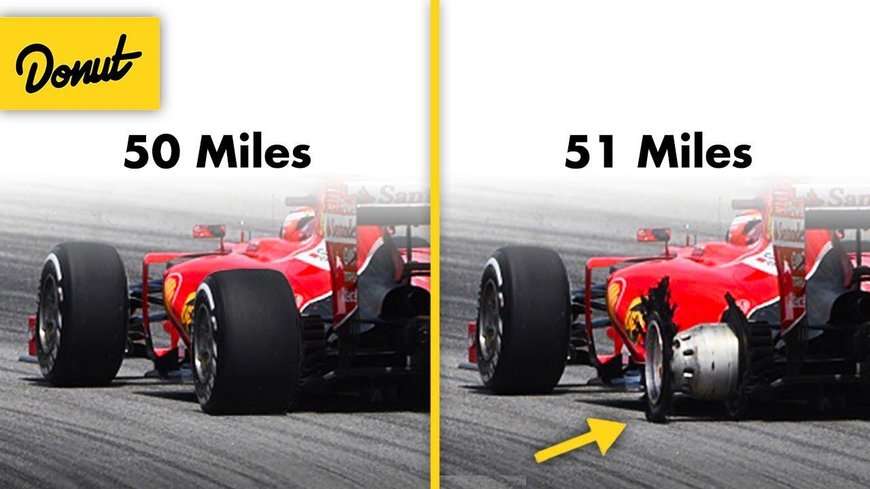 By the way, how to do it in the field, without the help of specialists, read here.
By the way, how to do it in the field, without the help of specialists, read here.
However, because the donuts are smaller and lighter, they lack two key features of conventional tires: strength and stability. Most of these spare tires have a speed limit of up to 90 km/h. With such a spare tire, you can expect to cover a distance of 80 km, some of them can cover up to 110 km. This should be enough to find the nearest tire shop and fix the damaged tire, or find a store where you can buy a brand new tire if the previous one is no longer repairable.
From the above, we can conclude that the donut spare wheel is not recommended for long trips or pulling with its replacement with a normal, standard wheel.
Some car manufacturers fit their vehicles with full size spare tires. They are, of course, heavier than space savers and take up much more space in the trunk, but they are more durable and durable. They are able to last you much longer than donuts.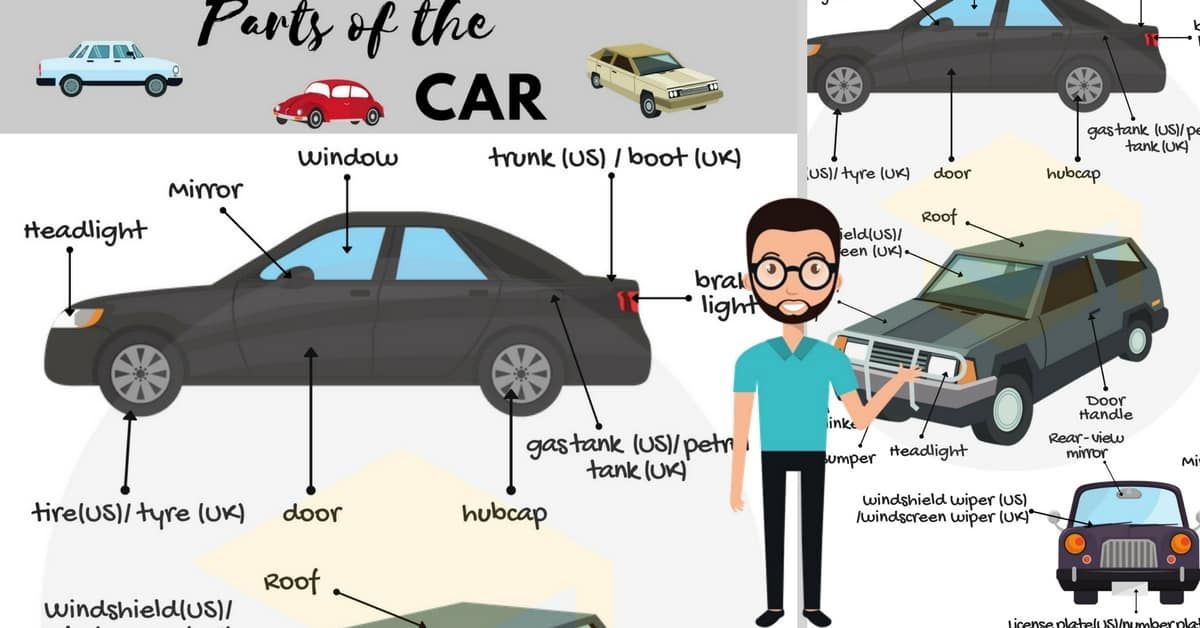 However, these tires may have a different tread pattern or rubber compound than a conventional tire. This can affect overall handling and safety on the road.
However, these tires may have a different tread pattern or rubber compound than a conventional tire. This can affect overall handling and safety on the road.
Although these tires are more durable, they are primarily designed to get you to your destination before you deal with the tire problem. In addition, do not forget that the place for the spare wheel in the car is empty, and it should be filled as soon as possible before another tire is punctured.
If you do not have a spare tire in your vehicle, then your vehicle may be equipped with run-flat tires. BMW and MINI typically install these tires during production. This type of tire is tougher than other tires and can withstand a puncture and keep going. However, they are also not designed to be ridden forever.
Most run-flat tires recommend replacing as soon as you notice a puncture. As a rule, they are designed for a distance of up to 100 km in a punctured state, then they must be replaced. Compared to regular tyres, running-flat replacements are not cheap. Some craftsmen can patch run-flat tires, but manufacturers do not recommend going down this path.
Compared to regular tyres, running-flat replacements are not cheap. Some craftsmen can patch run-flat tires, but manufacturers do not recommend going down this path.
One of the advantages of these tires is that you can get to the nearest car wheel shop at speeds up to 80 km/h, i.e. almost like a breeze.
Every motorist should remember that any type of spare tire is only there to keep you moving forward and replace a punctured tire as quickly as possible. The spares are a temporary replacement, and s, while full-size spare tires may look exactly like the rest of your car, they don't have the same performance as s and can get you in trouble on the road.
Remember, your car's tires are the only thing that keeps you and your passengers on the road, so you should never speculate on your own safety or the safety of those around you.
Unforeseen situations on the road are not uncommon. A tire puncture is one of them, and it is very unpleasant. Movement in this case becomes unsafe. In this case, the car should always have a “spare tire” that can be quickly replaced by a punctured wheel. But this is only a temporary option, which is forgotten by some motorists who then continue to drive for such a long time.
A tire puncture is one of them, and it is very unpleasant. Movement in this case becomes unsafe. In this case, the car should always have a “spare tire” that can be quickly replaced by a punctured wheel. But this is only a temporary option, which is forgotten by some motorists who then continue to drive for such a long time.
Signs of a breakdown are easy to notice on the go:
In this case, immediately stop on the side of the road and check the wheels. If one of them is empty, it's time to get an emergency sign from the trunk and install it. Then you need to loosen the nuts on the punctured wheel, jack up the car, and put the spare tire on. The spare tire must be pumped up to the desired pressure before driving.
After that, you can continue driving, but to the nearest service station or car shop to fix a flat tire or buy a new one. Moreover, driving on a spare wheel is allowed at a speed of no more than 90 km / h, and even less is better, since handling will be worse, and the spare wheel is not always a full-fledged wheel.
There are several types of spare wheels in cars today, and this determines how much you can drive on them:
 The width is also reduced, and before moving, you need to ensure that you inflate to the desired pressure. On such a wheel, you can drive up to 80 km, that is, to the nearest service.
The width is also reduced, and before moving, you need to ensure that you inflate to the desired pressure. On such a wheel, you can drive up to 80 km, that is, to the nearest service. In any case, you should never drive long and far on the spare tire. Its purpose is to get to the nearest service station to repair a punctured tire. The spare tire, even if it is a full-size one, differs from all others in its characteristics and is short-lived. Moreover, if you put it, then there is simply no second one if another such trouble happens. Therefore, it must be returned to the trunk as soon as possible.
All of the above applies to the summer period - you can ride on a spare tire exactly as long as you need to get to the nearest car service. And no more than 80-100 km in distance.
In winter, this rule also applies, but you need to act as quickly as possible and do not delay repairs.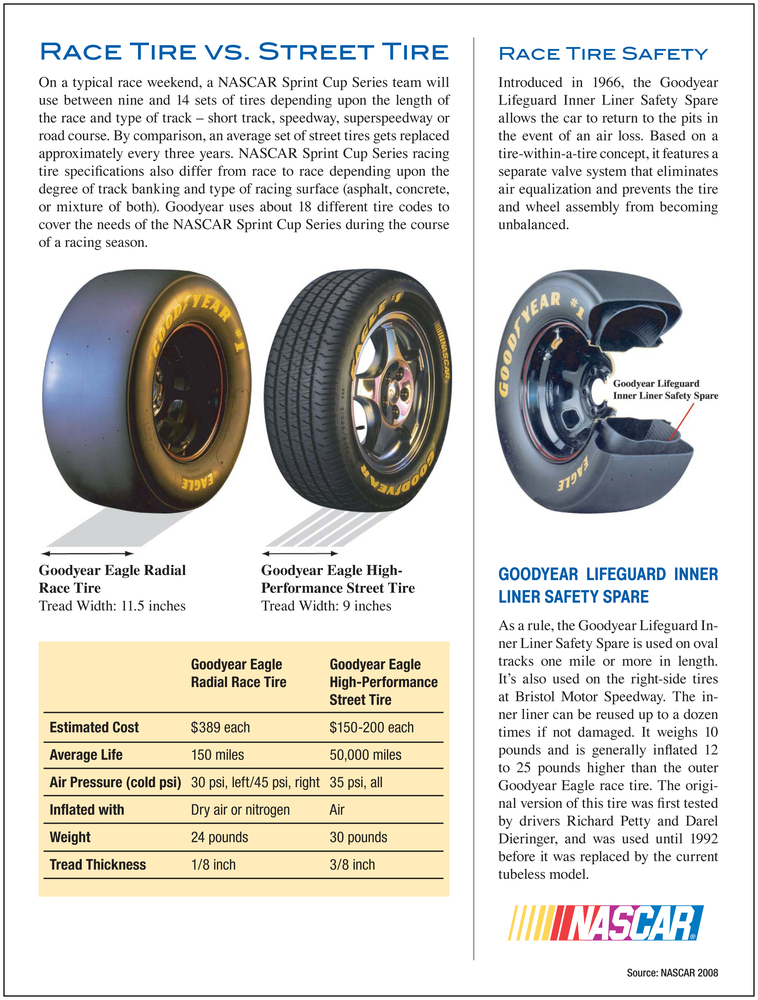 The fact is that the spare wheel usually has summer tires, and even then it has a very low tread. Therefore, even just getting to a place with it will be difficult, as the car's handling is greatly deteriorating.
The fact is that the spare wheel usually has summer tires, and even then it has a very low tread. Therefore, even just getting to a place with it will be difficult, as the car's handling is greatly deteriorating.
To compensate a little, the spare wheel must be put on the rear axle, even if the front axle is pierced - then the rear one is simply rearranged forward. Otherwise, every time you accelerate and decelerate, the car will turn to the side.
Some car manufacturers fit their models with full size spare wheels just like the others. Theoretically, you can ride it until it is completely worn out. But in practice it is not necessary to do this, for the following reasons:
Such a wheel not only initially has a bad effect on handling, but over time it will wear out faster than others, breaking the balance more and more. Therefore, in the end, you will soon have to buy new tires. Yes, it's not far from the accident.
Therefore, in the end, you will soon have to buy new tires. Yes, it's not far from the accident.
Important! Any spare tire is only for getting to the nearest car repair shop. Its long-term operation is not provided!
Of course, if you take care in advance and install a quality tire for the season, then there will be no problems. But so few people do.
Landing - an emergency wheel of reduced size. It has a smaller tread width, and the height is also usually reduced. It needs to be pumped up much harder, and as a result, the outer diameter becomes normal for this car. European models are usually equipped with dokatka, as the roads in Europe are good, and on such a spare tire you can easily get to repairs. In addition, it saves space in the trunk.
In addition, it saves space in the trunk.
With the only advantage - small dimensions, the dokatka has many disadvantages:
Therefore, using such a spare wheel, immediately move towards the nearest service station, where you can repair or buy a normal wheel.